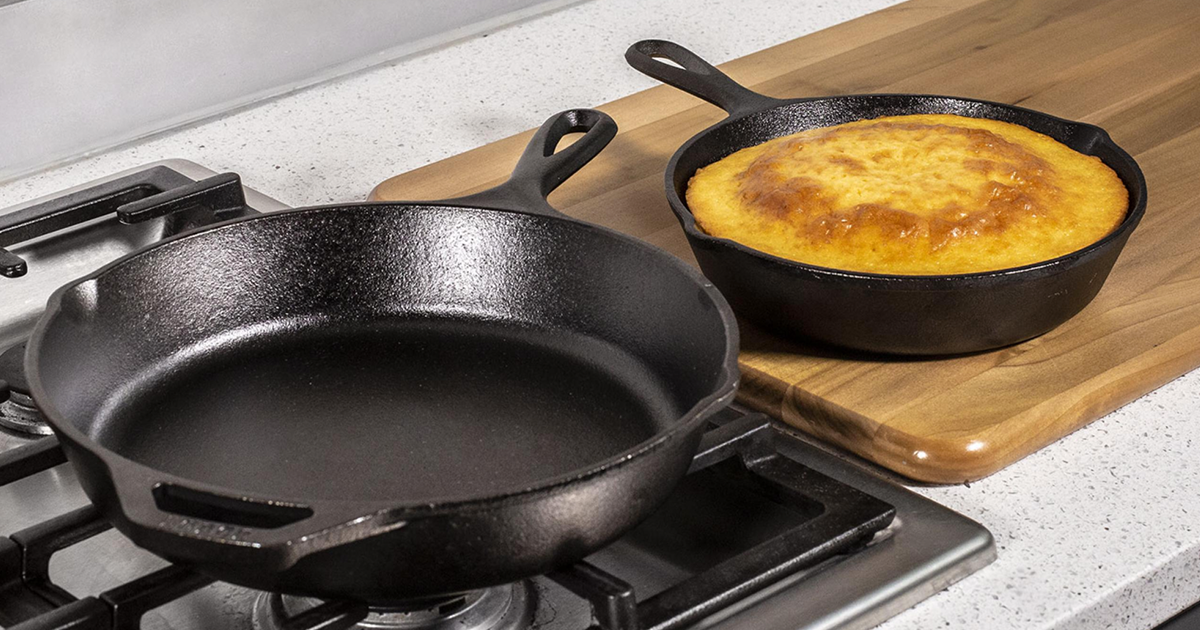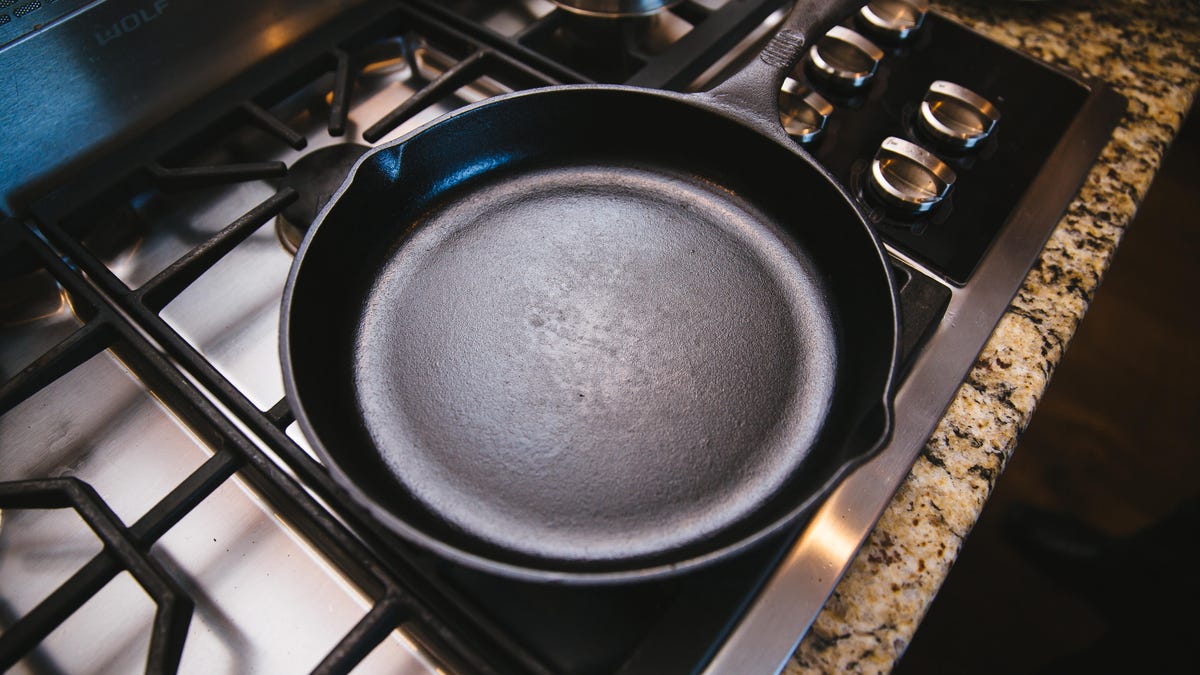When it comes to cooking with a cast iron skillet, the joy is often in the care and maintenance necessary to maintain its durability and functionality. Learning how to restore a cast iron skillet is a skill that every kitchen professional should master. An adequately maintained cast iron skillet can last a lifetime and even become a family heirloom.
Cast iron skillets are renowned for their ability to retain heat and distribute it evenly, making them a favorite among chefs and home cooks alike. However, over time, these skillets can become rusty, sticky, or otherwise less effective if not cared for properly. In this article, well dive deep into the restoration process, providing a comprehensive guide on how to bring new life to your cast iron cookware.

Understanding the Importance of Seasoning
Before we discuss the restoration process, it's crucial to understand what seasoning is and why it matters. Seasoning a cast iron skillet involves applying a layer of oil to the skillet that is then baked into the surface. This layer serves several purposes:
- It creates a natural non-stick surface.
- It protects the skillet from rust and other damage.
- It enhances the flavor of the food cooked in it.
Professionals know that a well-seasoned skillet is a crucial asset, yet many may not realize that improper cleaning and maintenance can strip away this valuable coating.
Assessing the Condition of Your Skillet
The first step in the restoration process is assessing the condition of your skillet. Here are some things to look for:
- Rust: If you see any rust spots, your skillet needs immediate attention.
- Sticking: If food sticks to the surface excessively, it's a sign that the seasoning is worn.
- Cracks or chips: While less common, these can sometimes occur and make restoration more complex.
Knowing what issues you're facing will guide you in your restoration efforts. For instance, you will need to address rust differently than a simple seasoning issue. Check out this article on how to tell if your cast iron needs seasoning for additional insights.
Steps to Restore Your Cast Iron Skillet
Step 1: Cleaning the Skillet
Begin by thoroughly cleaning the skillet. Using a stiff brush and hot, soapy water, scrub the surface to remove any rust or residue. Avoid harsh chemical cleaners, as they can further damage the skillet. If needed, you can use a salt scrub, which consists of kosher salt and a little oil for tougher spots.
For detailed cleaning methods, refer to this helpful resource on cleaning cast iron skillets.
Step 2: Removing Rust
If you have rust on your skillet, you might need to take more drastic steps. Using a combination of steel wool and elbow grease, scrub away any rust spots until you reach the bare metal. This can be labor-intensive and require a fair amount of effort, depending on how much rust is present.
After removing rust, wash the skillet again with hot, soapy water and dry it completely; any moisture remaining can lead to new rust forming.
Step 3: Re-Seasoning the Skillet
Once your skillet is clean and free of rust, youll need to re-season it. Apply a thin layer of vegetable oil or shortening to the skillets surface, covering the outside as well. Then, place the skillet upside down in a preheated oven set to 375F (190C) for about an hour. This allows the oil to adhere to the skillet through polymerization.
For a more in-depth look at the seasoning, you can read about the components of cast iron seasoning here.
Step 4: Maintenance Tips
After restoring your skillet, youll want to ensure it remains in great condition. Here are some maintenance tips:
- Always dry the skillet immediately after washing.
- Avoid soaking it in water.
- Regularly re-season your skillet to maintain its non-stick quality.
For more cleaning techniques, read about cleaning cast iron correctly.
Common Mistakes to Avoid
While you may be eager to restore your skillet, it's essential to avoid the following common mistakes:
- Using soap: While a little soap can be okay, excessive use can strip seasoning.
- Not drying: Moisture is the enemy of cast iron; avoid leaving it wet.
- Skipping the seasoning: Neglecting the seasoning process leads to a less effective skillet.
:max_bytes(150000):strip_icc()/ses-product-group-shot-rkilgore-87f90f93b4b34ec5afb38d5d75c6094b.jpeg)
Frequently Asked Questions
What should I do if my skillet has a strong odor?
If your cast iron skillet has a strong odor, scrub it thoroughly and then re-season it to eliminate any lingering scents.
Can I use metal utensils on my cast iron skillet?
Yes, you can use metal utensils, but it's typically best to use wooden or silicone utensils to prevent scratching the seasoning.
How often should I re-season my skillet?
It varies based on usage. A good rule of thumb is to re-season your skillet every few months or when food begins to stick more than normal.
By following these steps, any kitchen professional can successfully learn how to restore a cast iron skillet, ensuring it remains a valuable tool in their cooking arsenal.
As an Amazon Associate, I earn from qualifying purchases.






Leave a comment
This site is protected by hCaptcha and the hCaptcha Privacy Policy and Terms of Service apply.